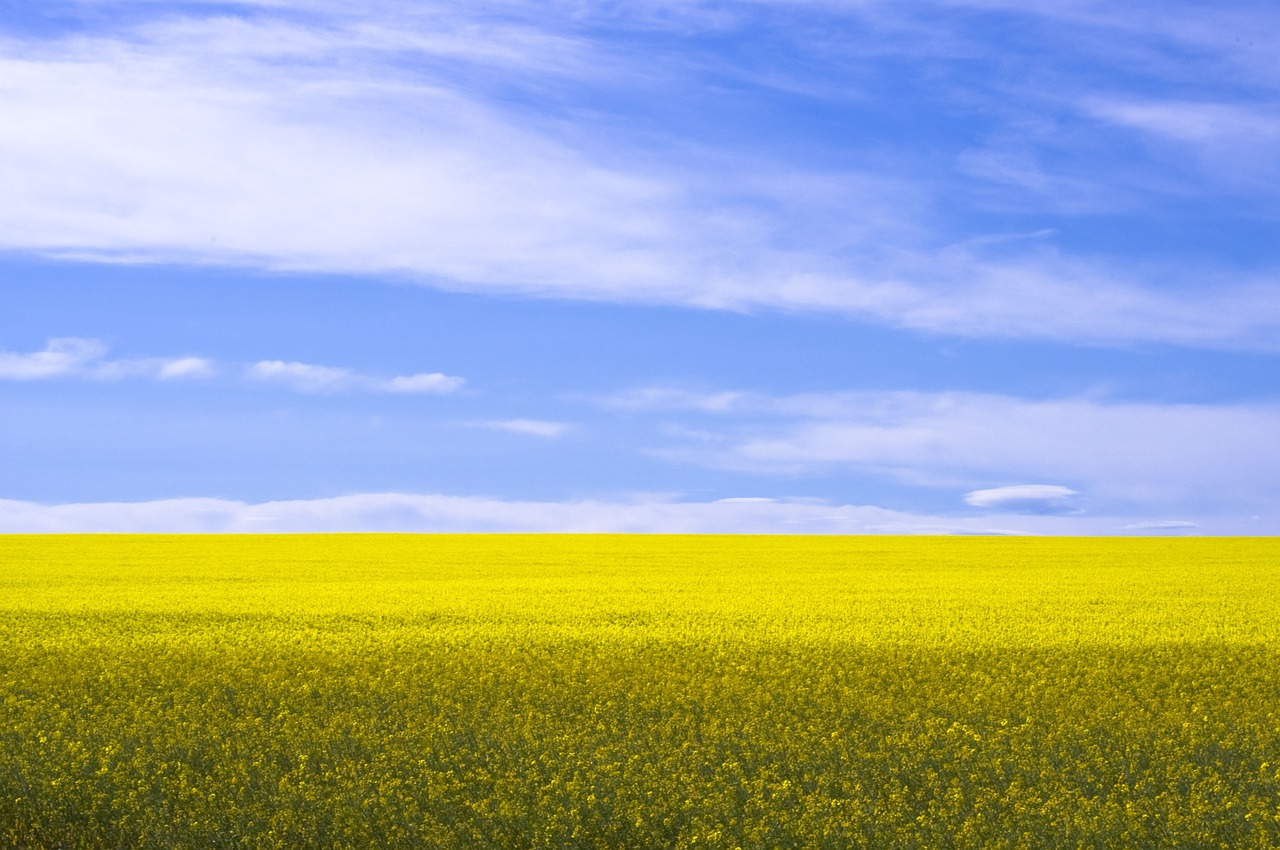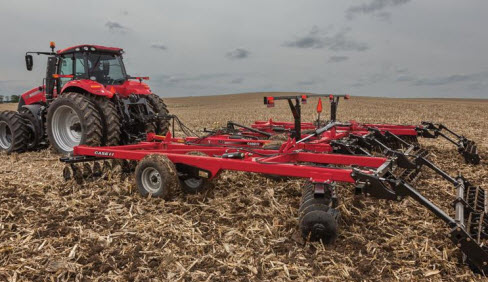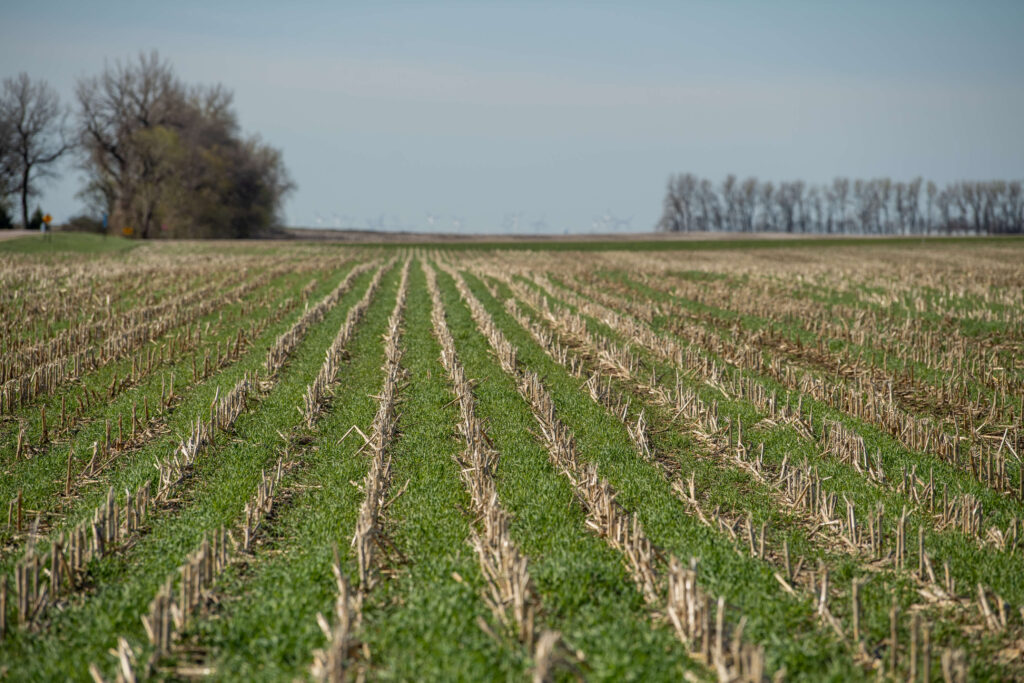
Diversity

Crop Rotation
A classic agricultural Best Management Practice (BMP) to employ is to rotate different crops in the same field from year to year. Usually in a 3 – 4 year cycle. This allows for increased crop disease tolerance, improved moisture retention, less fertilizer use by using legumes as one of the crops in the rotation as they fix nitrogen in the soil, decreased soil erosion and more even distribution of soil nutrients. Healthy soils retain more carbon!

Conservation Tillage
This BMP involves using tillage methods that minimize or reduce loss of soil and water. Operationally this means a sequence of tillage and planting combination that leaves a 30% or greater cover of crop residue on the surface. Various types of equipment are used, from specialty harrows that break up plant matter and begin the process of getting the plant biomass into the soil to specialty planting equipment.

Cover Crops
These are plants that are planted to cover the soil rather than for the purpose of being harvested. Cover crops manage soil erosion, soil fertility, soil quality, water, weeds, pests, diseases, biodiversity and wildlife in an agroecosystem. Cover crops may be an off-season crop planted after harvesting the cash crop.
Frequently Asked Questions
Things you might be curious about
How much carbon will an acre sequester?
An acre of cropland will sequester on average 5.0+ tons of carbon. Don’t forget to count your lawn if you have one. A 5000 square foot lawn will sequester about 100 pounds of carbon per year!
How many acres do we farm?
We farm approximately 10,000 acres
What crops do we raise?
We raise spring wheat, durum wheat (for pasta production), canola, soybeans, peas and barley.
How many acres do we use to offset production?
We use about 100 acres to offset the carbon produced from the operations side.
Do we manage other resources?
Yes! We maintain and manage over 1000 acres of grassland, trees and wetlands. These areas provide habitat for a vast array of diverse plant and animal life! The habitat provides sanctuary for migratory birds including many species of waterfowl as well as partridge and pheasant. Hawks and eagles hunt the many rodent species present. Fox, coyote, deer, antelope, moose are all present as well.
